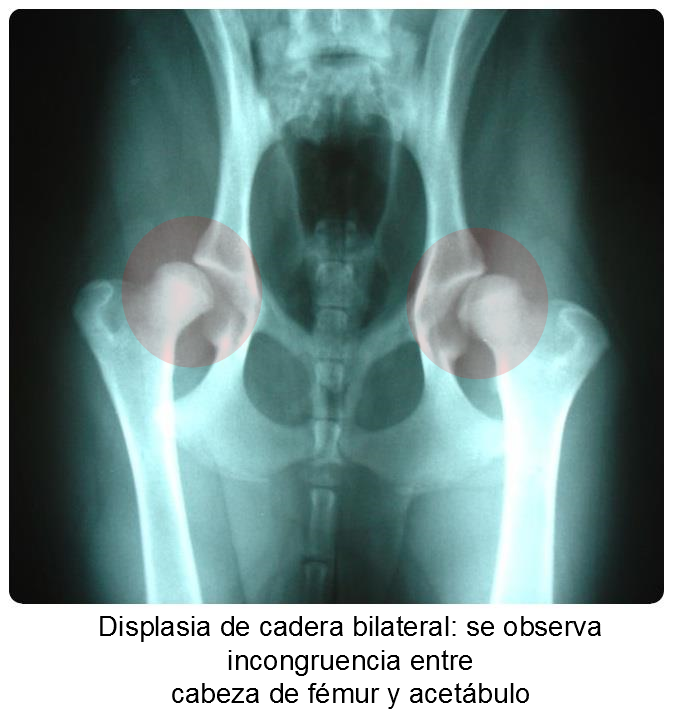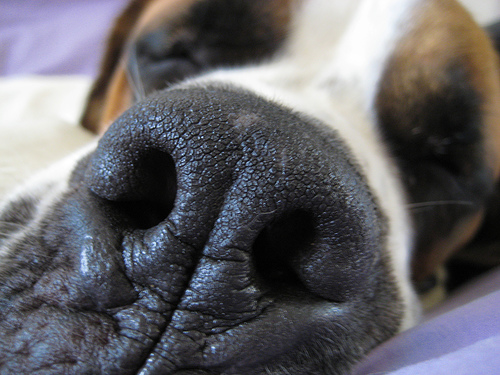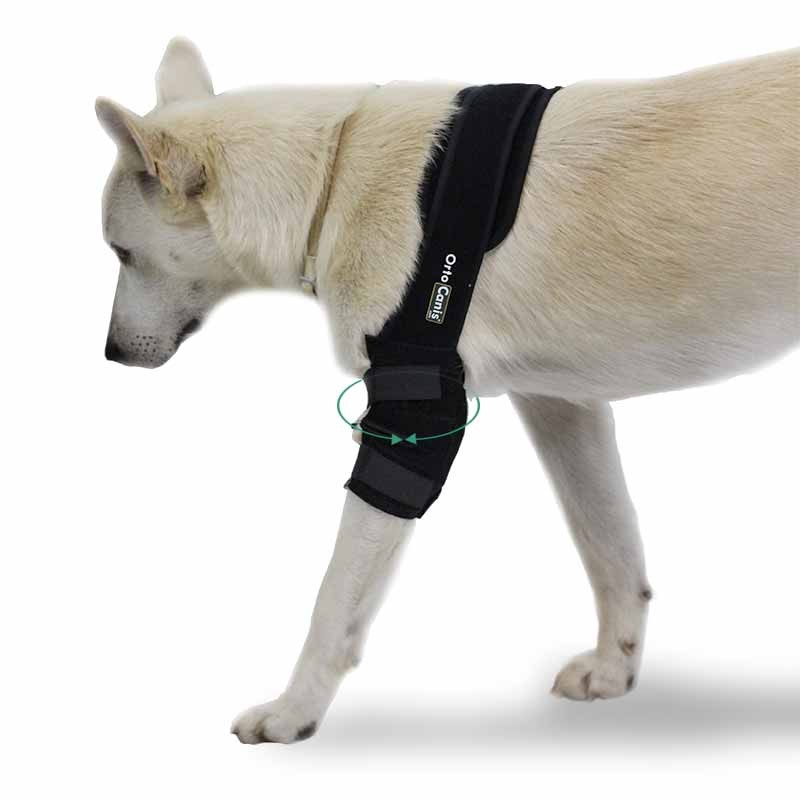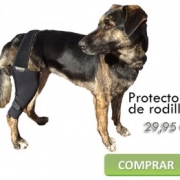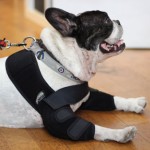Hip dysplasia Irresponsible breeders, feeding, environment?
Hip dysplasia Irresponsible breeders, feeding, environment?
Currently, with only three months of age it is possible to know the existence of small anomalies in the conformation of the hip/femur joint, which will lead to dysplasia.
Origin of hip dysplasia in dogs:
In colloquial language (today we avoid veterinary terms) hip dysplasia is a “failure” in the head joint of the femur-hip. If the head of the femur is not lodged in the hip perfectly, there is a deterioration of the cartilage that protects the joint, and that deterioration is degenerative and irreversible. But why does hip dysplasia occur?
Genetic inheritance. Hip dysplasia is inherited, and if breeders do not perform the necessary tests to know that their dogs are free (certified X-ray) and that previous generations too, puppies can suffer from it. Many breeders (and more particular) ignore these x-rays (eye, there is no breed safe from the disease). Hopefully they include a clause in the sales contract in which they will give you a puppy if you prove that the one you have bought has dysplasia (as if they were appliances).
Environmental factors. In the period of growth (until the year, but especially critical the first six months of life), slippery floors, sudden exercises, jumps … Puppies with a limit hip can aggravate their situation if care is not taken in these critical months, and vice versa, they will be able to lead a perfectly normal life if they develop correctly in these months (even if their hips are not perfect).
Feeding. The months in which dysplasia develops are those of growth, and the slower the puppy grows the better. Foods very high in protein have been linked to the onset of dysplasia. Chondroprodectors help during growth (in predisposed individuals or breeds, always under veterinary supervision).
About prevention in line with the above, if the breeder is responsible and has all the controls done we still can not sing victory. It is very important that the puppy has a good diet according to his growth needs, which does not get fat (the image we all have of a rolly puppy is typical, but not healthy), supported by chondroprotectors if necessary, that the exercise is restrained (avoiding strange movements, and especially jumps and forced postures of the back three), be careful with the floors of the house (if they are slippery it is not a bad idea to get some old carpets that last us a few months).

Some exercises and “tricks” are very demanding with the hip, and therefore dangerous in puppies and young dogs.
And the greatest prevention: radiography There are many puppies that can limp for causes that have nothing to do with dysplasia, and in the same way, there are asymptomatic with serious femur and hip problems. The plate is painless, economical, and the only truly reliable method. At present we can know the state of the hips of our puppy from as early as three months (PennHip method), so that conservative treatments can be established, or in the case of an intervention being necessary, which is not drastic but reconstructive, preserving the joint. Until the year of age it is not possible to ensure that the hip has had a perfect development and, therefore, it will not be until then when the dog can start in canine sports (“start” is to go little by little) performing more demanding exercises with his body.
Source: www.doogweb.es


